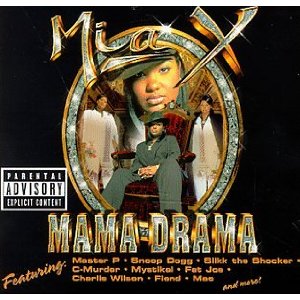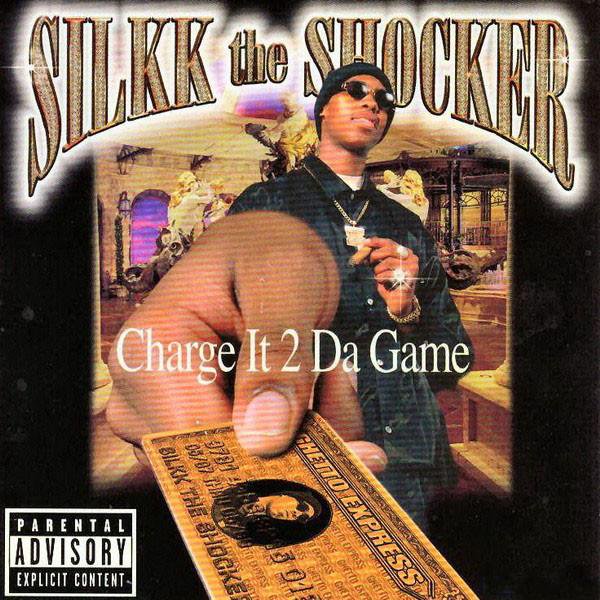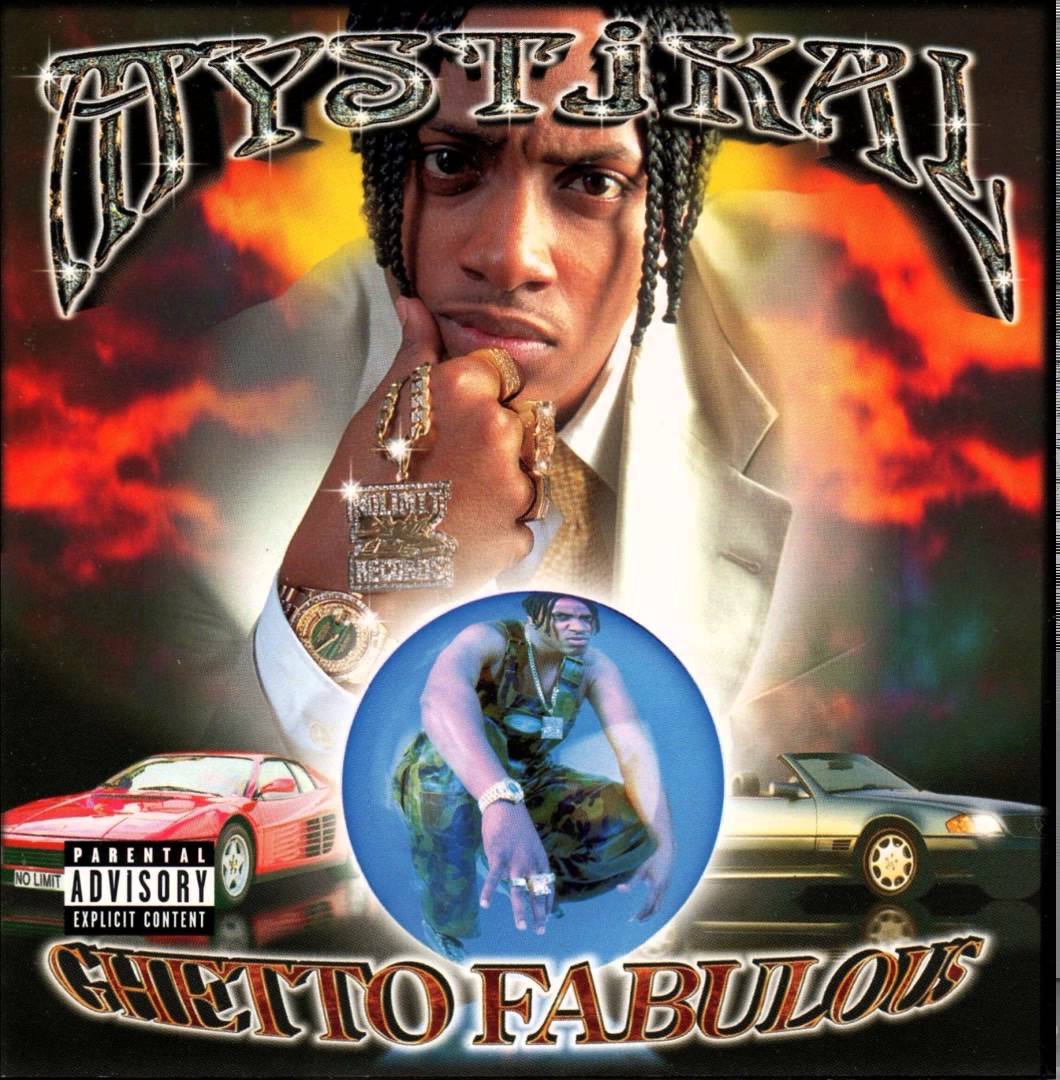- No Limit Records Discography Wikipedia
- No Limit Records Discography Download
- No Limit Records Discography Wikipedia
No Limit Records. 6,414 likes 19 talking about this. No Limit Records is a record label that began in 1990 as the No Limit Record Shop in Richmond, California. It was founded by Percy Miller. DJ Ant-Lo - No Limit Records Greatest Hits; DJ Fletch And No Limit Records - Ghetto Dreams (The Anthology) Southern Style DJs - Thug Mix 2; DJ Hektik Presents Mia X - New Oreleans Legendz 2; DJ Chuck T - Down South Slangin Classics Vol. 2; Master P & Ace B - #CP3; DJ Dow Jones - Ain't No Limit To Our Cash Money; Master P - Intelligent Hoodlum.
The Encyclopedic Discography of Victor Recordings (EDVR) was conceived by two record collectors, Ted Fagan and William R. Moran, in the early 1960s. Mr. Fagan, a United Nations interpreter, and Mr. Moran, a geologist for the oil industry, both collected recordings (primarily classical music) and shared their dismay over the lack of information available about Victor Red Seal records. Corresponding by post for a number of years, they conceived a project to document every Victor classical recording. According to Mr. Fagan's introduction to the second and last published volume of their discography, as he and Mr. Moran developed their classical music discography they came to recognize that there would be equal interest by scholars and collectors in the recording sessions that surrounded Victor's classical music recording sessions. They recognized that to limit their publication to the classical sessions would have been 'inappropriate,' and that the complete historical context of Victor's history, the 'total picture,' was necessary. With that realization, they expanded their goal to document every Victor recording session for 78rpm discs.
In 1966, Mr. Fagan was granted liberal access to the recording files held by RCA Victor Records, the successor to the Victor Talking Machine Company. Mr. Fagan devoted many thousands of hours to compiling lists of the tens of thousands of Victor master recording sessions. Mr. Fagan's process was to create index cards for each recording session listed in Victor's ledgers, which were arranged by recording artist. The artist ledgers included the dates of recording, the names of works performed, the number of 'takes' recorded, and a limited amount of information about accompanists or musical forces employed at the session. Mr. Fagan collated this information with that found on Victor's 'Blue History Cards,' the company's archival collection of more than 200,000 cards documenting every disc released by the company. From his index cards, Mr. Fagan typed two sets of lists: a numerical register of every session, with related takes, and a chronological list of all takes. These documents were then shared with Mr. Moran, who annotated them with information obtained from actual recordings, Victor trade catalogs, and fellow collectors and other subject experts.
In the early 1980s, the project became affiliated with the Archive of Recorded Sound at the Stanford University Library. The library staff assisted Mr. Fagan and Mr. Moran in preparing the discography for publication. In 1983, the first volume of the discography was published in book form, and in 1986 a second volume was published.
After the death of Ted Fagan in February 1987, Mr. Moran continued to gather and edit the data along with staff at Stanford, and eventually Mr. Fagan's typescript notebooks listing all of the master recording sessions were sent overseas and input into an Oracle database, though no further books were published. In failing health, Mr. Moran asked the UCSB Library to take over the project in 2003. Mr. Moran provided an endowment for the project and it was transferred to the Department of Special Collections at the UCSB Library.


No Limit Records Complete Discography.RARE SOUTHERN HIP HOP COLLECTION. Condition is New. Dispatched with Royal Mail 1st Class. Master P - Get Away Clean. Master P - Mama's Bad Boy TRU - Understanding the Criminal Mind E-A-Ski - 1 Step Ahead of Yall. TRU - Who's Da Killer? Sonya C - Married to the Mob. “No Limit Chronicles” is a 5-part docu-series that will tell the story of Master P’s trailblazing career as a record executive and businessman, underscoring the unprecedented deal that made No Limit Records a music powerhouse in the late 90s. No Limit Records the Movement is.
In 2004, an advisory board was formed, and in 2005 Samuel Brylawski was hired as editor of the project. To enable more flexibility in editing and verifying the data, the data was migrated from its Oracle platform to FileMaker Pro 7. A systematic editing of the data was begun, with digital scans of the original Victor recording ledgers being consulted—along with catalogs, original recordings, and other sources—to verify the data.
In April 2007, the project was awarded funding from the National Endowment for the Humanities to complete editing of the data through the acoustic era and to create an online database of the information.
In March 2008, the EDVR database was publicly demonstrated at the Association for Recorded Sound Collections (ARSC) Conference in Palo Alto, California. In June 2008, the database went live on the Internet.
No Limit Records Discography Wikipedia

In September 2013, UCSB's American Discography Project launched a new and expanded sound recordings database called the Discography of American Historical Recordings (DAHR). All the content of the EDVR is now contained within DAHR.
The Encyclopedic Discography of Victor Recordings (EDVR) was conceived by two record collectors, Ted Fagan and William R. Moran, in the early 1960s. Mr. Fagan, a United Nations interpreter, and Mr. Moran, a geologist for the oil industry, both collected recordings (primarily classical music) and shared their dismay over the lack of information available about Victor Red Seal records. Corresponding by post for a number of years, they conceived a project to document every Victor classical recording. According to Mr. Fagan's introduction to the second and last published volume of their discography, as he and Mr. Moran developed their classical music discography they came to recognize that there would be equal interest by scholars and collectors in the recording sessions that surrounded Victor's classical music recording sessions. They recognized that to limit their publication to the classical sessions would have been 'inappropriate,' and that the complete historical context of Victor's history, the 'total picture,' was necessary. With that realization, they expanded their goal to document every Victor recording session for 78rpm discs.
In 1966, Mr. Fagan was granted liberal access to the recording files held by RCA Victor Records, the successor to the Victor Talking Machine Company. Mr. Fagan devoted many thousands of hours to compiling lists of the tens of thousands of Victor master recording sessions. Mr. Fagan's process was to create index cards for each recording session listed in Victor's ledgers, which were arranged by recording artist. The artist ledgers included the dates of recording, the names of works performed, the number of 'takes' recorded, and a limited amount of information about accompanists or musical forces employed at the session. Mr. Fagan collated this information with that found on Victor's 'Blue History Cards,' the company's archival collection of more than 200,000 cards documenting every disc released by the company. From his index cards, Mr. Fagan typed two sets of lists: a numerical register of every session, with related takes, and a chronological list of all takes. These documents were then shared with Mr. Moran, who annotated them with information obtained from actual recordings, Victor trade catalogs, and fellow collectors and other subject experts.
In the early 1980s, the project became affiliated with the Archive of Recorded Sound at the Stanford University Library. The library staff assisted Mr. Fagan and Mr. Moran in preparing the discography for publication. In 1983, the first volume of the discography was published in book form, and in 1986 a second volume was published.
After the death of Ted Fagan in February 1987, Mr. Moran continued to gather and edit the data along with staff at Stanford, and eventually Mr. Fagan's typescript notebooks listing all of the master recording sessions were sent overseas and input into an Oracle database, though no further books were published. In failing health, Mr. Moran asked the UCSB Library to take over the project in 2003. Mr. Moran provided an endowment for the project and it was transferred to the Department of Special Collections at the UCSB Library.
In 2004, an advisory board was formed, and in 2005 Samuel Brylawski was hired as editor of the project. To enable more flexibility in editing and verifying the data, the data was migrated from its Oracle platform to FileMaker Pro 7. A systematic editing of the data was begun, with digital scans of the original Victor recording ledgers being consulted—along with catalogs, original recordings, and other sources—to verify the data.
In April 2007, the project was awarded funding from the National Endowment for the Humanities to complete editing of the data through the acoustic era and to create an online database of the information.
No Limit Records Discography Download
In March 2008, the EDVR database was publicly demonstrated at the Association for Recorded Sound Collections (ARSC) Conference in Palo Alto, California. In June 2008, the database went live on the Internet.

No Limit Records Discography Wikipedia
In September 2013, UCSB's American Discography Project launched a new and expanded sound recordings database called the Discography of American Historical Recordings (DAHR). All the content of the EDVR is now contained within DAHR.